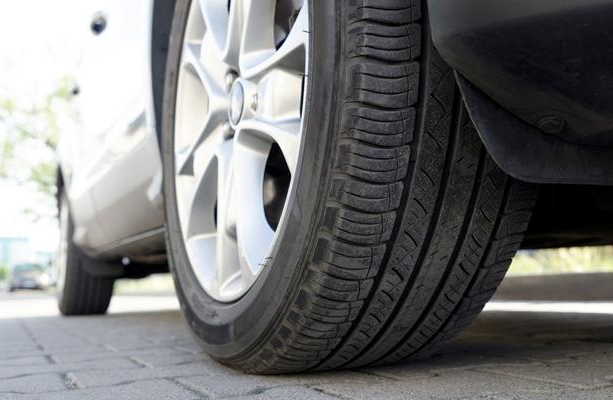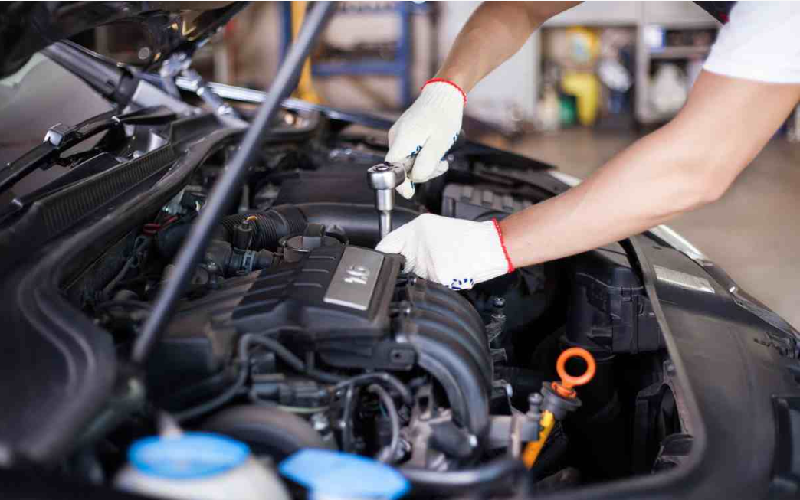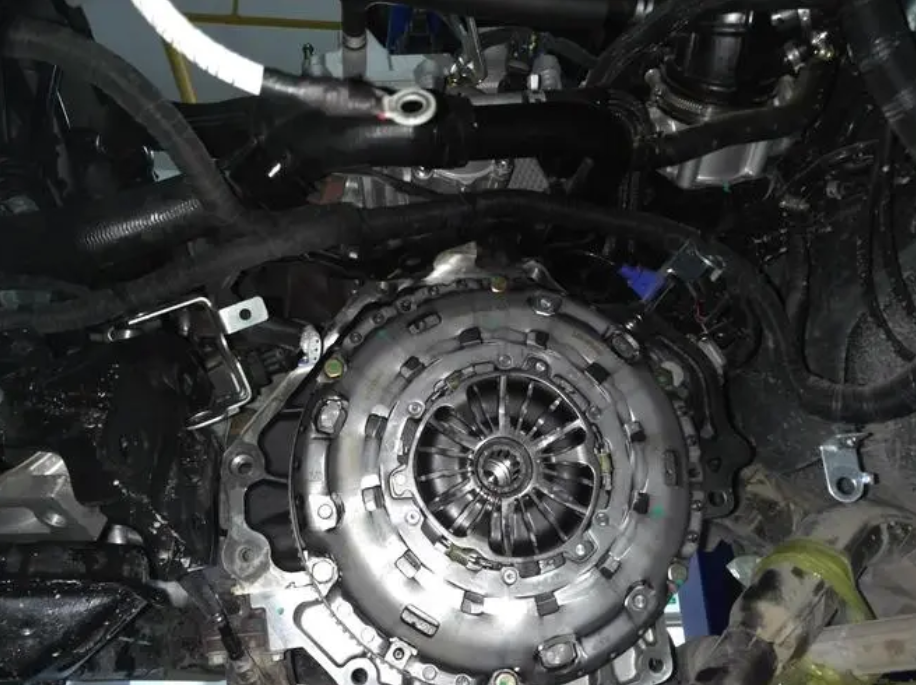Improper tire pressure is dangerous for car owners especially when the driver is driving on the road. Tire lifespan, driving comfort, strong traction, and braking performance are all affected by abnormal tire pressure. The inflation pressure of commercial vehicle tires must be suitable for the load, speed, and usage conditions. Tire inflation pressure is a critical factor in ensuring safety while driving.
When the tire pressure of a car is low, it is necessary to take timely measures to avoid potential safety hazards. Here are the solutions:
1. Check the Tire Pressure
Car tires are a critical component that directly affects driving safety. The ability of tires to perform normally and their service life can be affected by a variety of factors such as external environment, storage, and usage conditions. Among these, tire pressure is a key factor that affects whether tires can function properly. Use a tire pressure gauge to check the tire pressure and ensure that it meets the recommended value from the vehicle manufacturer. It is recommended to check tire pressure regularly, especially before long-distance travel. Be sure to check tire pressure at least once a month. Estimate whether the tire can continue to be used, and if possible, drive to a nearby tire repair shop for further inspection and repair.

2. Inflate the Tire
The recommended tire pressure is based on the value suggested by the vehicle manufacturer. The tire pressure setting mainly takes into account vehicle factors such as weight and chassis height. The standard tire pressure for tires can usually be found in the following places: the vehicle user manual, a label next to the driver's side door, a drawer next to the driver's seat, or a small door on the fuel tank cover. If the tire pressure is lower than the recommended value, it needs to be inflated. If the tire pressure is too low to drive, use an air compressor to inflate it first if available, and then proceed to the nearest gas station for further assistance. We recommend LOKITHOR JA series for you.
3. Replacement the Tire
Check whether the tire is leaking air and promptly identify the cause of the leak. Inspect the tire for bulges, cracks, cuts, punctures, and abnormal tire wear. If it is found that the tire is leaking air due to any of these issues, it is necessary to repair or replace the tire.

When a car is loaded with overweight items for a long time, uneven force distribution may cause thermal expansion and contraction, which can lead to low tire pressure due to differences in tire manufacturing processes. The solutions for low tire pressure are as follows: if the tire is leaking air, check the cause and repair or replace the tire. If the valve stem is leaking or aging, replace it. If the wheel hub is deformed or overloaded, replace it. Ensure even force distribution to minimize thermal expansion and contraction on the tire.
Low tire pressure in a car can lead to increased tire wear: when the tire pressure in a car is low, it means that the tire will experience more wear, which is detrimental to the tire's lifespan. From the perspective of tire wear, if the tire pressure is too high, the center of the tire will wear more heavily, and conversely, the edges will wear more heavily. Whether the pressure is too high or too low, it will generally affect the tire's lifespan.
Low tire pressure in a car can lead to various conditions: When the tire pressure is too low, it increases the movement of various parts of the tire, causing abnormal heating, reducing the function of the tire cord and rubber, and leading to delamination or tire cord breakage. Excessive friction between the tire and wheel rim can cause damage to the tire bead location, leading to abnormal wear. When driving, as tire pressure decreases, the friction between the tire and the ground increases exponentially, causing tire temperature to rise rapidly, making the tire softer and significantly reducing its strength. If the car is driven at high speeds under these conditions, it may cause tire blowouts. In addition, low tire pressure leads to an increase in the coefficient of friction with the road surface, resulting in increased fuel consumption.

It is crucial to ensure driving safety. In the event of low tire pressure, the risk of tire blowouts is significantly heightened, which emphasizes the need to promptly take action and reduce vehicle speed.
The phenomenon of low tire pressure caused by low temperatures is normal, and it will return to normal once the car has been started and running for a while.
In conclusion, it is essential to maintain proper tire pressure in a car to ensure safe and efficient driving. Low tire pressure can lead to various issues, such as increased tire wear, a higher risk of tire blowouts, and increased fuel consumption. It is crucial to regularly check tire pressure, inflate tires to the recommended level, and promptly address any issues related to low tire pressure. By following these measures, drivers can ensure the longevity and safety of their tires, as well as improve their vehicle's overall performance.
Contact Us
For further product information, please visit:
- Official website: https://www.lokithorshop.com/
- Facebook: https://www.facebook.com/Lokithorshop/
- Email address: info@lokithorshop.com
Recommend Reading: How Many Voltages Should A Car Battery Have?






Leave a comment
All comments are moderated before being published.
This site is protected by hCaptcha and the hCaptcha Privacy Policy and Terms of Service apply.